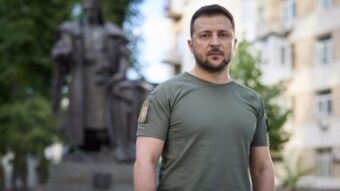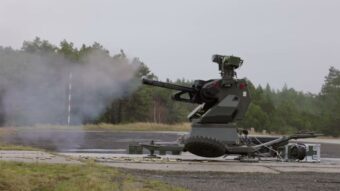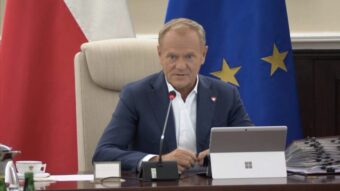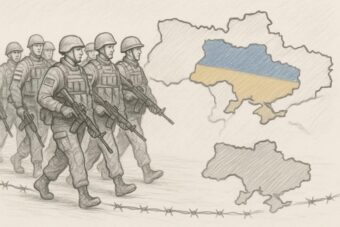Germany to Station Eurofighter Jets in Poland as NATO Strengthens Eastern Defense
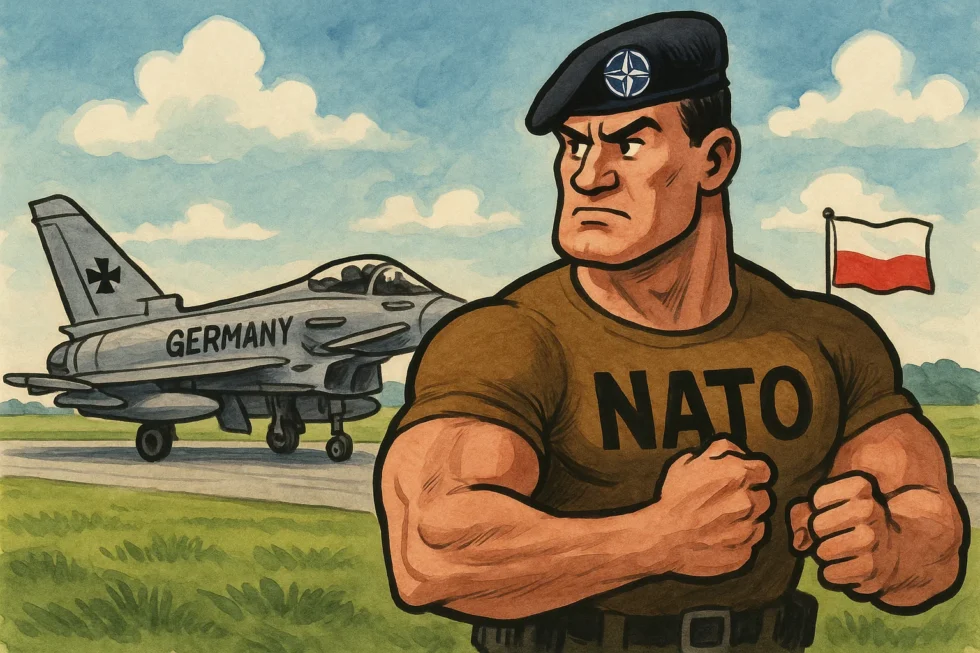
Germany will deploy several Eurofighter Typhoon jets to Poland in a renewed effort to reinforce NATO’s eastern air defense and deter Russian aggression. The announcement came from Defense Minister Boris Pistorius after a meeting of NATO defense ministers in Brussels. The decision underscores Berlin’s growing military role within the Alliance amid persistent Russian provocations. G.Business reports, citing tagesschau.
Germany reinforces NATO’s eastern presence
Pistorius stated that from December to March, several German Eurofighters will be temporarily stationed in Malbork, southern Poland, to support NATO’s air surveillance mission. The operation aims to improve real-time monitoring of the airspace along the alliance’s eastern border and respond swiftly to any incursions. The deployment follows an incident in September when 19 Russian drones violated Polish airspace — an event that heightened regional security concerns.
Germany had already increased its Eurofighter contingent under NATO’s Eastern Sentry program from two to four aircraft, operating out of Rostock-Laage Air Base. The new rotation in Poland marks a further escalation of Berlin’s involvement in joint defense efforts.
€10 billion investment in drone technology
At the same NATO summit, Pistorius announced that the German government will invest €10 billion over the coming years in the procurement and modernization of drones, including reconnaissance and combat models. “Russia’s aggressive behavior shows that we cannot afford a single moment of weakness in our defense readiness,” Pistorius said in Brussels.
The plan includes cooperation with European partners to develop more cost-efficient systems capable of neutralizing enemy drones without resorting to expensive interceptor missiles. This shift follows multiple incidents where low-cost Russian drones forced NATO allies to use high-value surface-to-air rockets in defense.
NATO unity and deterrence
NATO Secretary-General Mark Rutte emphasized that while the alliance can already defend its entire territory, member states must continue adapting their technology and rules of engagement. Discussions also included whether to expand the alliance’s direct presence along the Russian border to increase deterrence.
Rutte confirmed that under current rules, NATO pilots are already authorized to engage and, if necessary, shoot down hostile aircraft deemed threatening. However, he cautioned against a general policy of automatic engagement, highlighting the need for measured responses.
Germany and the UK lead new Ukraine aid
Alongside the Eurofighter deployment, Germany and the United Kingdom jointly coordinated a new €2 billion military aid package for Ukraine. According to Pistorius, the funds will primarily bolster Kyiv’s air defense and include Patriot missile systems, IRIS-T units, radar installations, and precision-guided artillery rockets.
The aid package also features modern communication equipment and anti-tank systems designed to counter intensified Russian offensives. “Russia shows no intention of ending this war,” Pistorius stated. “Its repeated attacks on Ukrainian cities reveal a strategy of distraction from its military failures.”
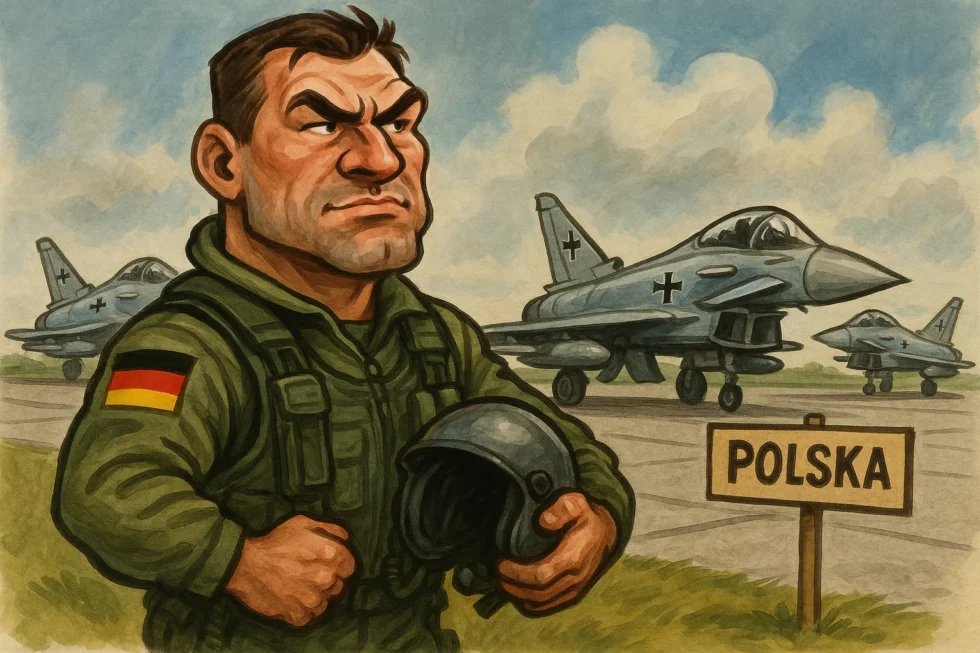
Growing Western coordination
U.S. Defense Secretary Pete Hegseth, recently rebranded as War Minister by President Donald Trump, urged NATO allies to “give more and buy more” to help Ukraine secure a path toward peace. His remarks reflect Washington’s shift toward a more assertive military posture, now officially referred to as the Department of War.
The Brussels meeting concluded with a call for unified transatlantic action — not only through direct military aid but also through technological innovation and intelligence sharing. European leaders, including Pistorius and Rutte, stressed that deterrence, readiness, and solidarity remain NATO’s strongest tools against escalating Russian threats. As Europe redefines its security landscape, Germany’s renewed military engagement marks a clear step away from its postwar caution — and toward a leading role in defending Europe’s skies.
Stay connected for news that works — timely, factual, and free from opinion. Learn more about this topic and related developments here: Nobel Peace Prize 2025: Who received the world’s most prestigious award this year
